Sam Falls is inspired by nature’s unpredictability in living works for Ruinart
The artist creates works that are in-between photography and painting as part of Ruinart's Conversations with Nature series
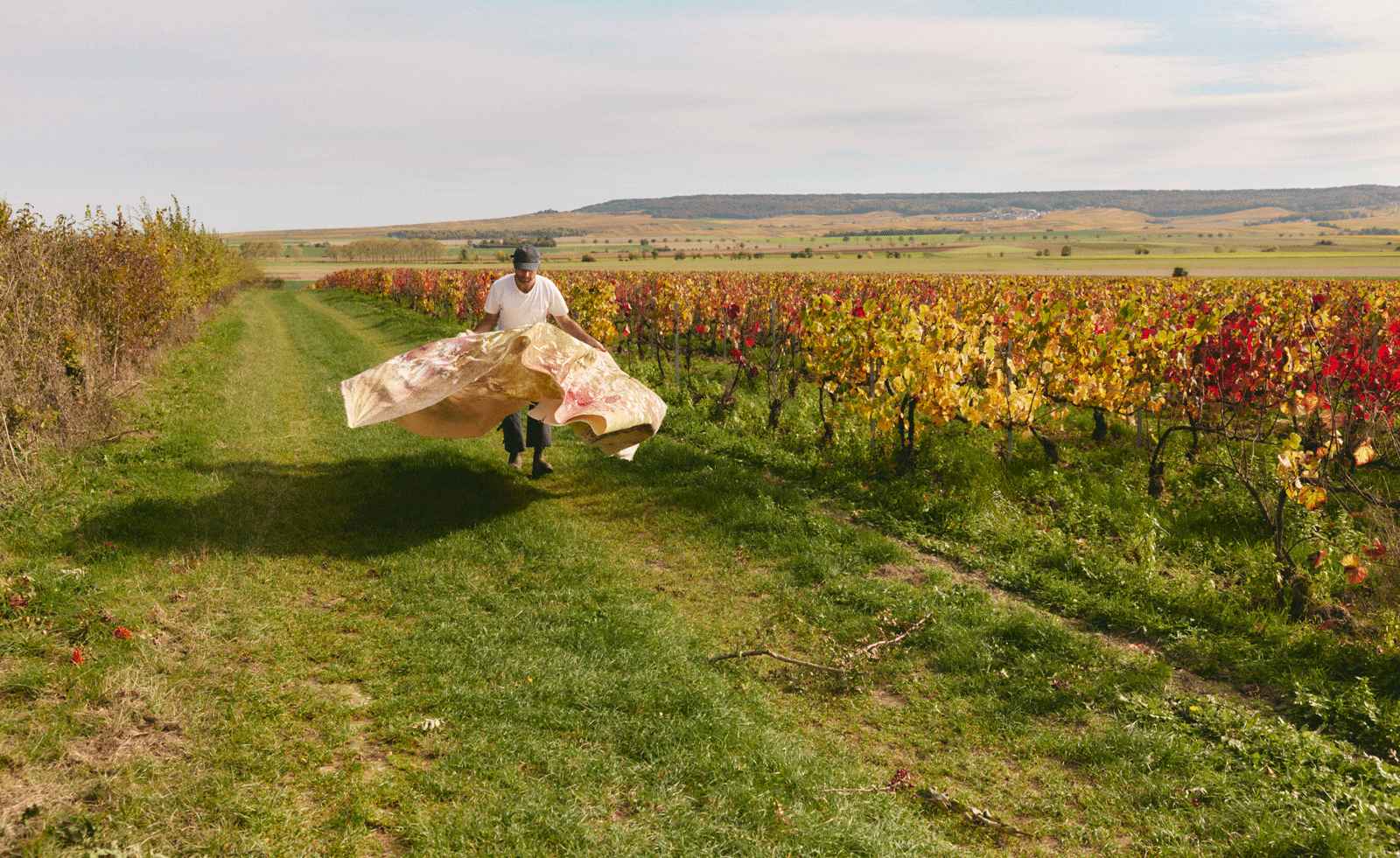
Working with nature is a collaborative process for artist Sam Falls, who lets the unpredictability of the elements guide him in his practice. Falls’ method of weaving nature throughout his work made him a natural partner for Ruinart, which invites artists to interpret their environment as part of the Conversations with Nature series. Falls’ works, which hover between photography and painting, transform with the fluctuations of the weather. Laying plants and pigment on linen out in the open, he lets nature dictate the results. Here, Falls tells us about his artistic process.
Sam Falls on working in the vineyards for Ruinart
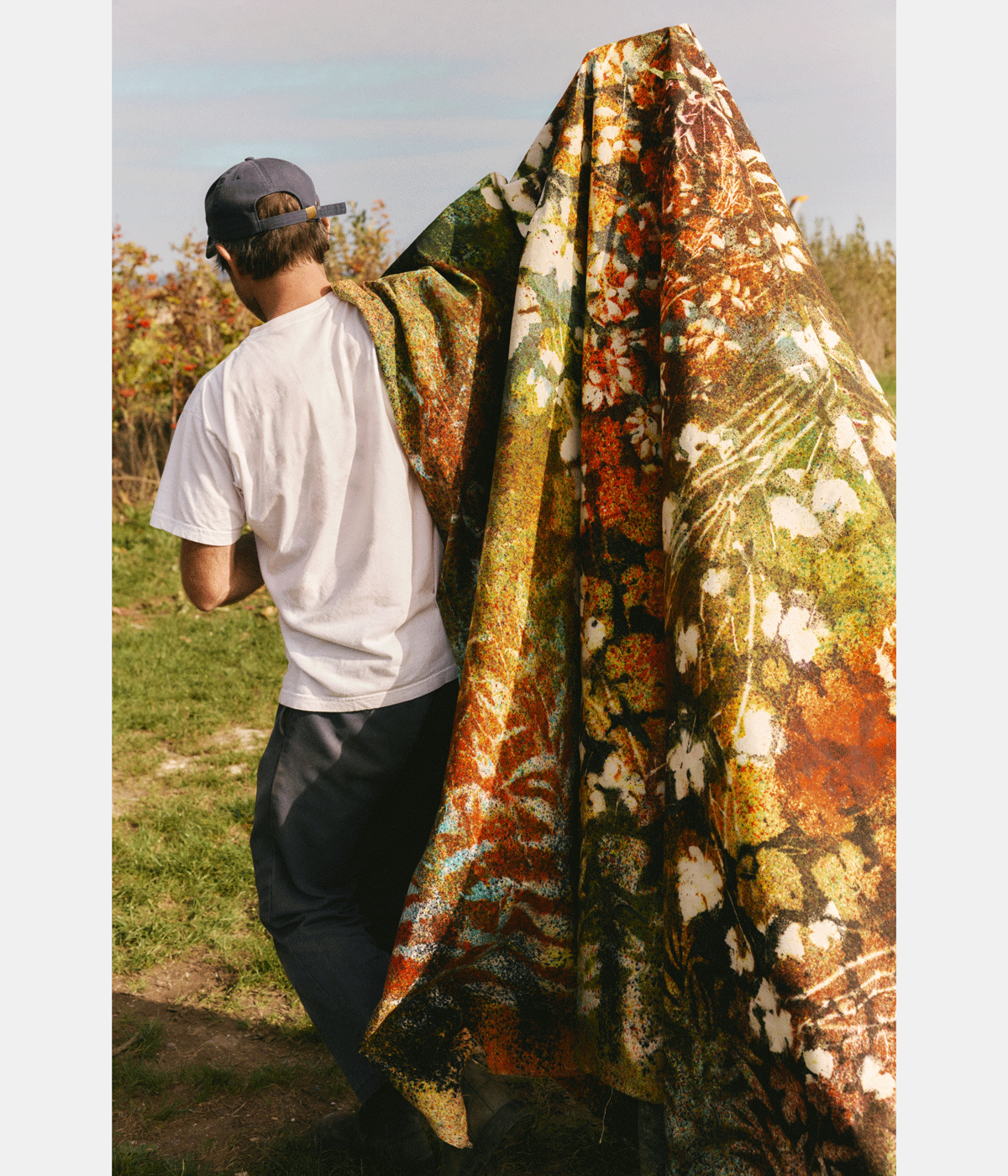
Plants, pigments and the elements have left their impression on a linen canvas
Wallpaper*: Can you tell us why working with Ruinart was a natural move for you?
Sam Falls: I was drawn to the reverence Ruinart has for nature. They had already chosen the title, Conversations with Nature, so it was an obvious fit, but we had to have a dialogue about working with nature through art and creating a collectible object. I have to be sensitive not to objectify nature – instead, I want popularise it in the context of an aesthetic experience.
W*: What did you enjoy about visiting the vineyards?
SF: The vineyards were amazing. It is a unique place where there are centuries of agriculture, and so it is this different type of old-growth landscape that is more human-made, but it's very significant to the place, which I really appreciate. It's iconic to be able to use leaves from the vineyard in the work.
W*: How would you describe your work?
SF: It's not painting, because I'm not using a brush, or paint even, and it's not photography. It's more something that's grown out of my interest in both, merging them to find a way to represent a place. The works are life-sized; they feel very connected to the place where they were made.
Receive our daily digest of inspiration, escapism and design stories from around the world direct to your inbox.
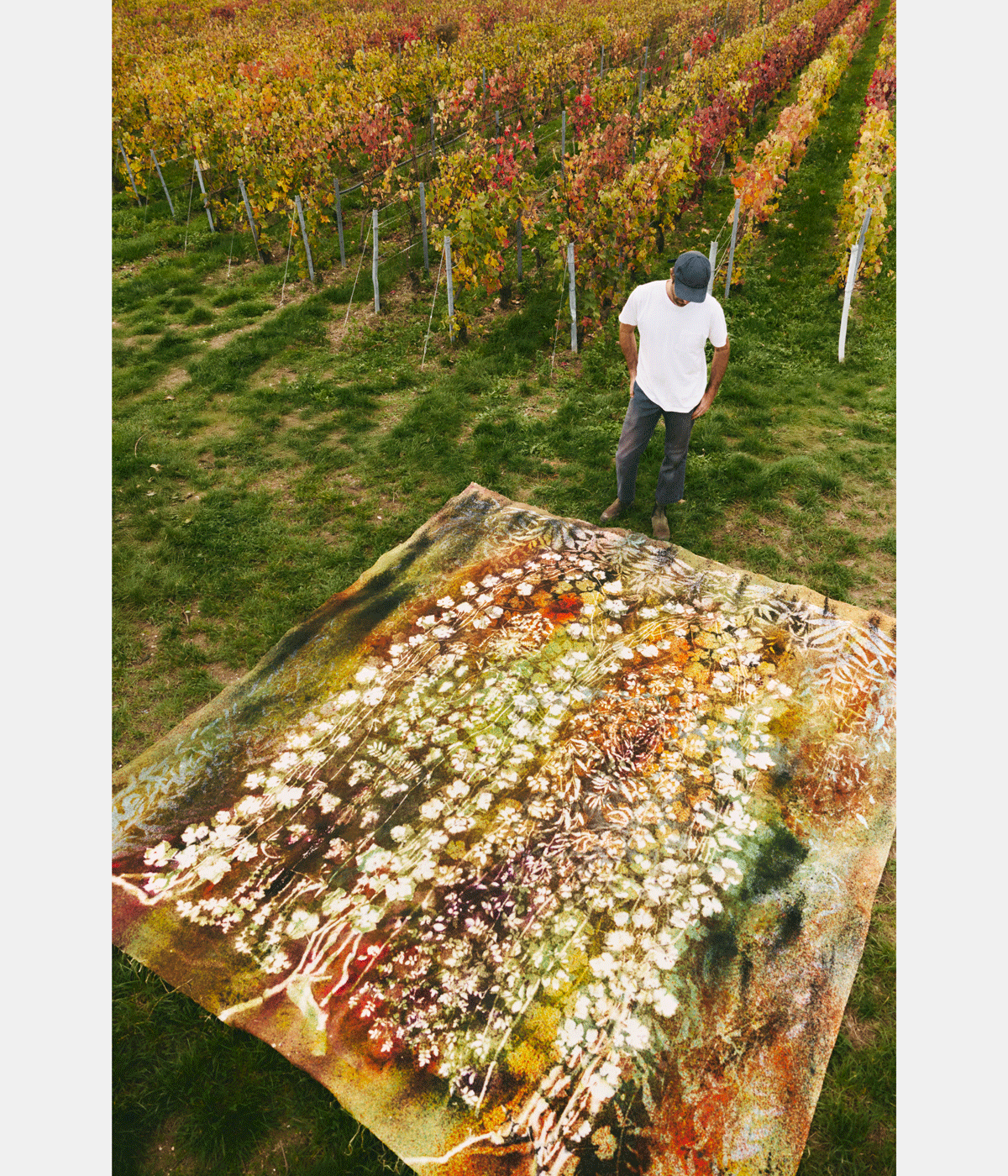
W*: How did you begin working on this project?
SF: I was sent images before I got there, so I had an idea of what was possible. The unique thing about Ruinart is that they have begun this biodiversity project, because over time, the vineyards – like any farm – start to deplete and take over all the other native species, and so [Ruinart has] little areas of forest around the vineyards that they've maintained. They have also started replanting within the vineyards themselves, to create wind barriers, but also to return to the natural biodiversity. So it was a perfect place to have access to native plants, as well as the vineyard. And I knew going into it that I could use these. And so I showed up in October, and made it work.
W*: What was it like to be working in that environment?
SF: You really start to be one with a place and connect with the movements of the wildlife. And it all becomes its own unique experience. It was very peaceful. It was just me there. There were these giant flocks of migrating birds every evening; that was just amazing. And then sometimes at night, they would all take flight right next to me, and it would be spooky.
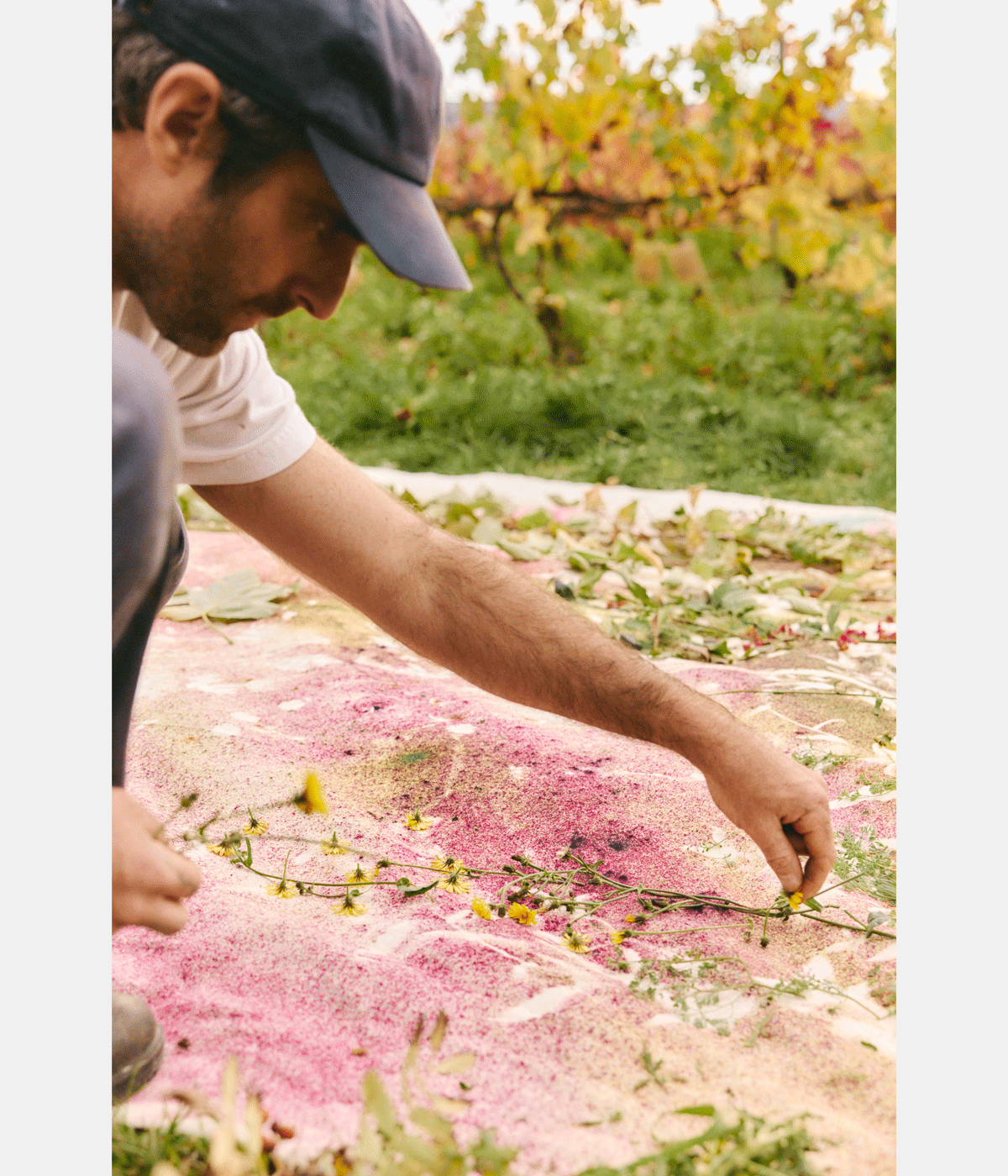
Falls with work in progress, as he adds and removes plant stems on the canvas
W*: What is your favourite thing about the process?
SF: In these works, rain and humidity are important – they are done as soon as they dry. If it rains for three days, it's three days until they are dry. But some dry overnight, or in two nights. And then I do multiple layers. So I'll [take] off the plants when they die, and then [add] another one that gets saturated, again [creating] a different image. Sometimes the works take a few months, and sometimes a couple of days.
It is such a collaboration with nature that [the result can be unknown], like in photography, where you might have a light leak, and you don't know what the image is until you develop it in the darkroom. That element of chance is what makes it interesting to me.
Hannah Silver is the Art, Culture, Watches & Jewellery Editor of Wallpaper*. Since joining in 2019, she has overseen offbeat art trends and conducted in-depth profiles, as well as writing and commissioning extensively across the worlds of culture and luxury. She enjoys travelling, visiting artists' studios and viewing exhibitions around the world, and has interviewed artists and designers including Maggi Hambling, William Kentridge, Jonathan Anderson, Chantal Joffe, Lubaina Himid, Tilda Swinton and Mickalene Thomas.
-
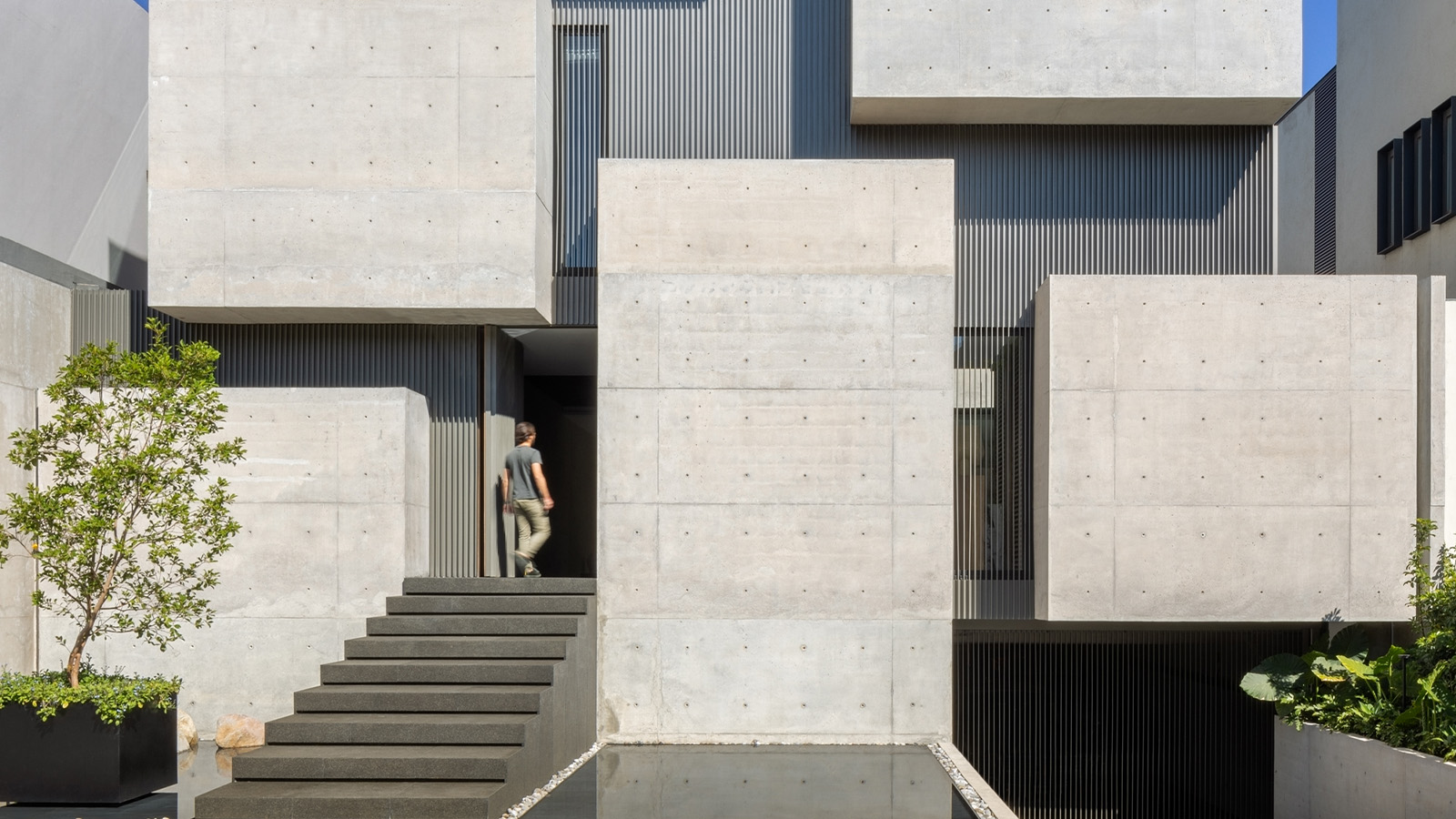 A cubist house rises in Mexico City, its concrete volumes providing a bold urban refuge
A cubist house rises in Mexico City, its concrete volumes providing a bold urban refugeCasa Ailes, a cubist house by Jaime Guzmán Creative Group, is rich in architectural expression that mimics the dramatic and inviting nature of a museum
-
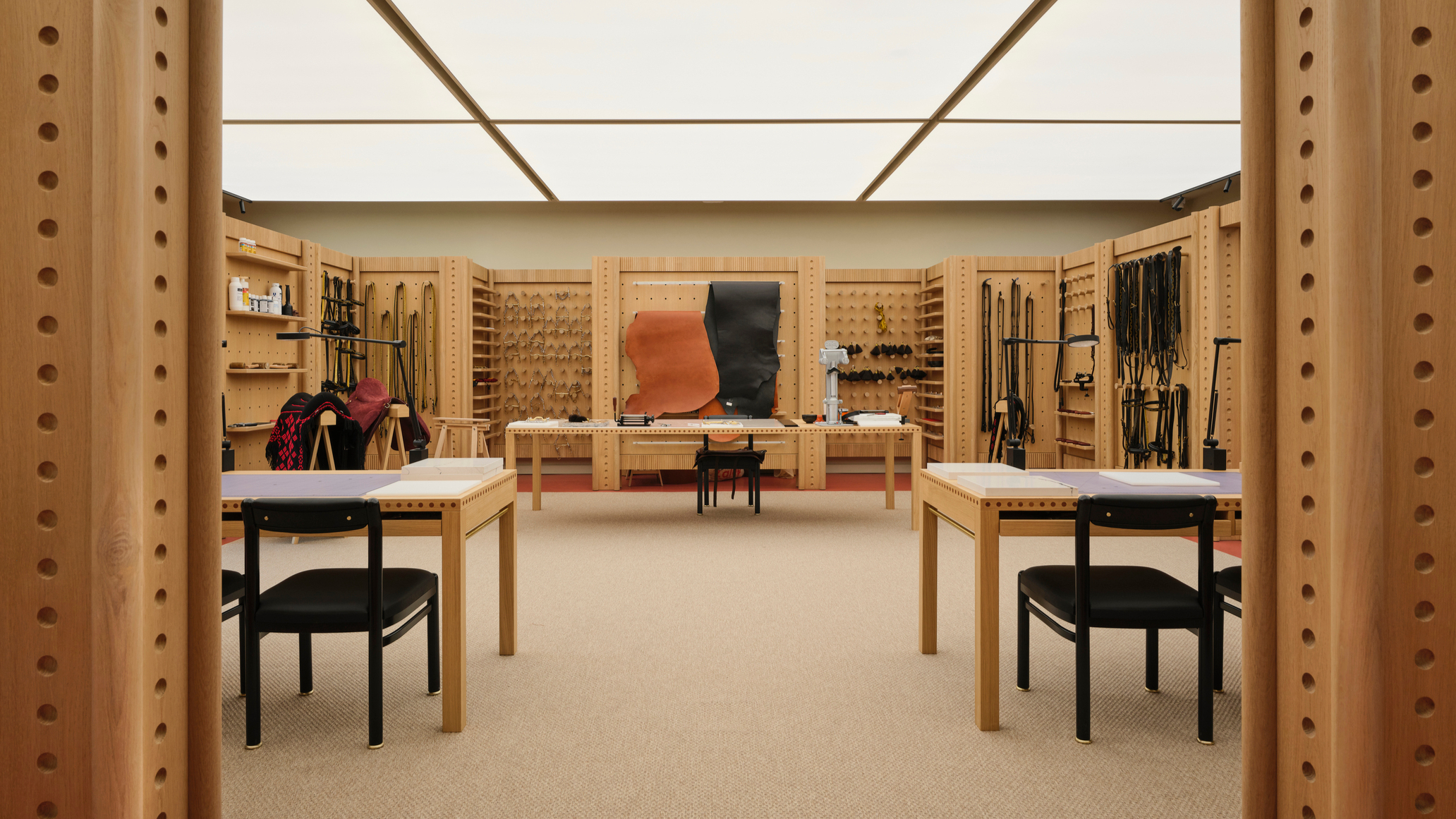 David/Nicolas raise contemporary craft to a canter at this new Abu Dhabi riding school
David/Nicolas raise contemporary craft to a canter at this new Abu Dhabi riding schoolThe Lebanese design duo draw on Emirati equestrian heritage to create two contemporary spaces for ADREA, a new school of classical horsemanship
-
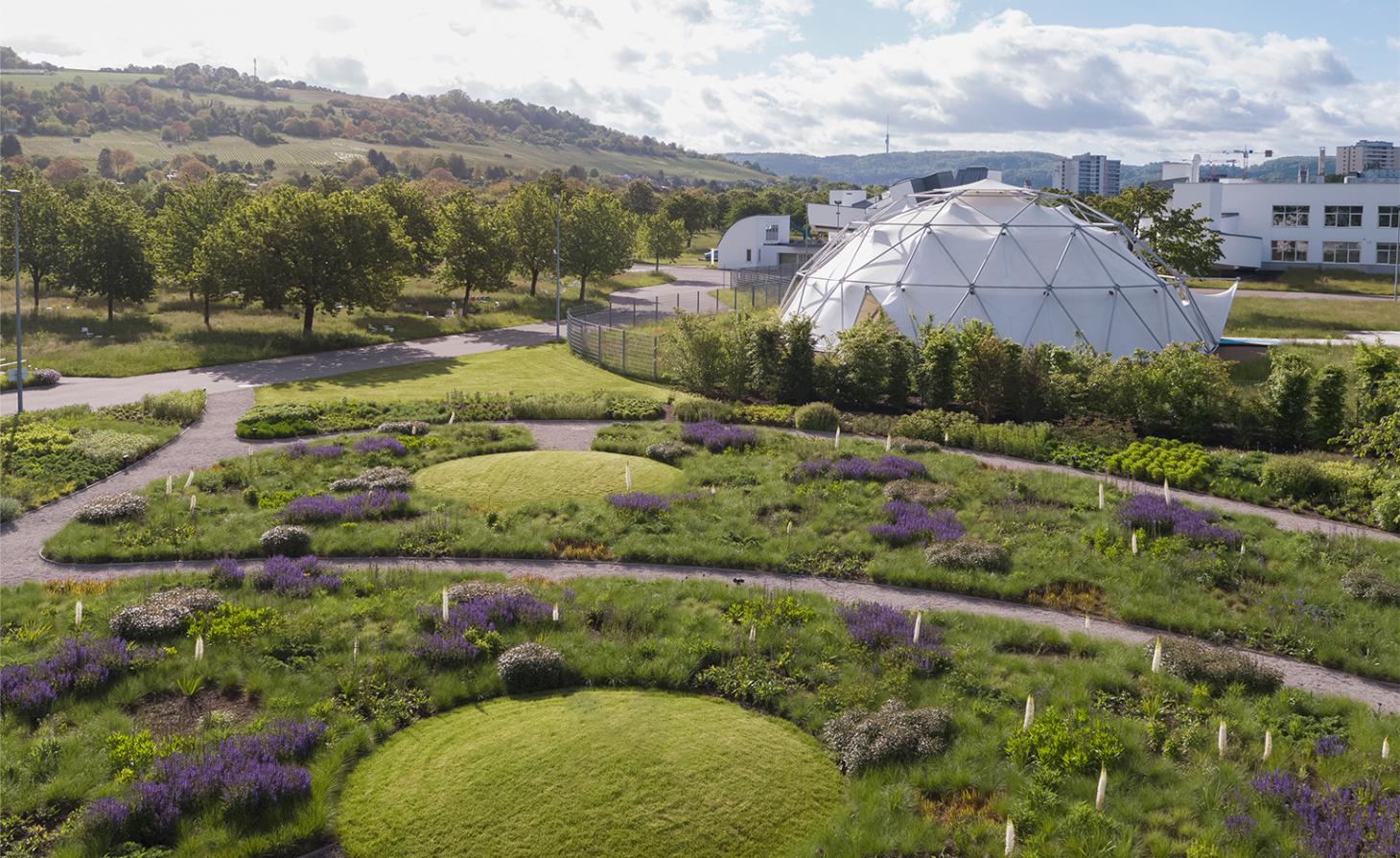 Piet Oudolf is the world’s meadow-garden master: tour his most soul-soothing outdoor spaces
Piet Oudolf is the world’s meadow-garden master: tour his most soul-soothing outdoor spacesPiet Oudolf is one of the most impactful contemporary masters of landscape and garden design; explore our ultimate guide to his work
-
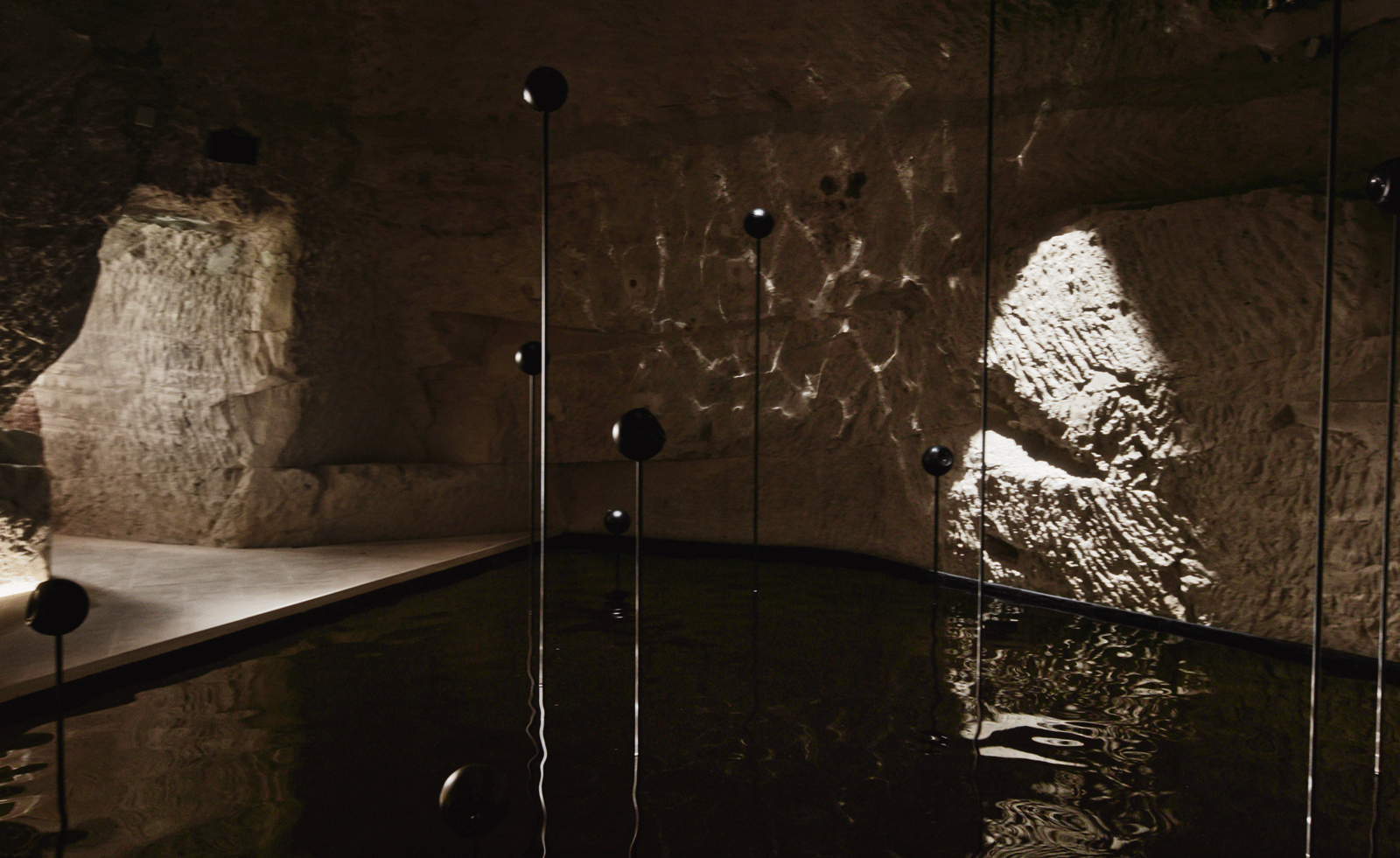 Julian Charrière brings the sounds of the ocean to Ruinart’s chalk cellars in Reims
Julian Charrière brings the sounds of the ocean to Ruinart’s chalk cellars in ReimsJulian Charrière’s sound and light installation, ‘Chorals’, joins the worlds of environmental science and culture
-
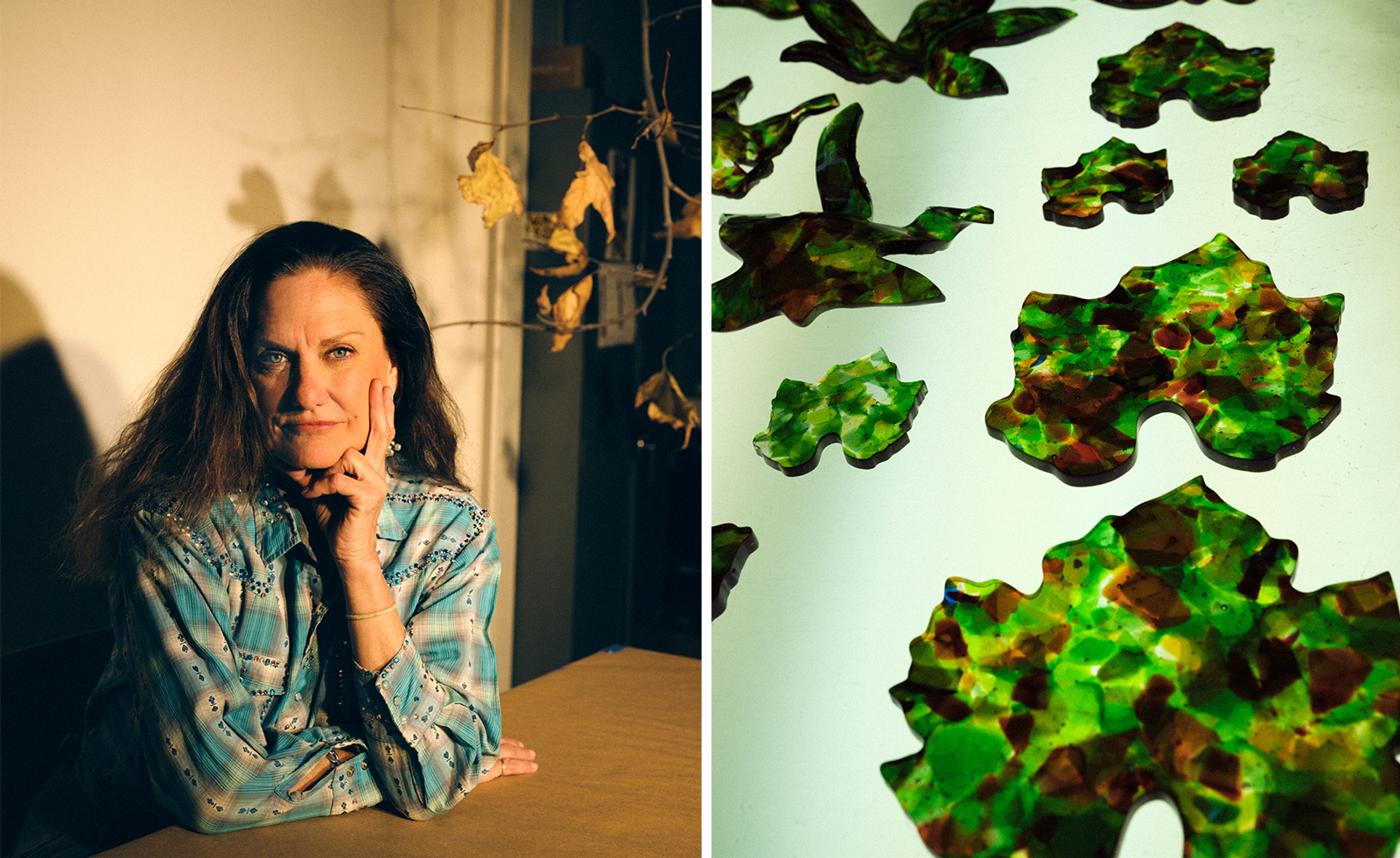 Andrea Bowers’ sculptural chandelier for Ruinart reflects a shared commitment to environmental conservation
Andrea Bowers’ sculptural chandelier for Ruinart reflects a shared commitment to environmental conservationAndrea Bowers has partnered with Ruinart to create a work to be unveiled at Frieze LA, before it finds a permanent home at Maison Ruinart’s HQ in Reims
-
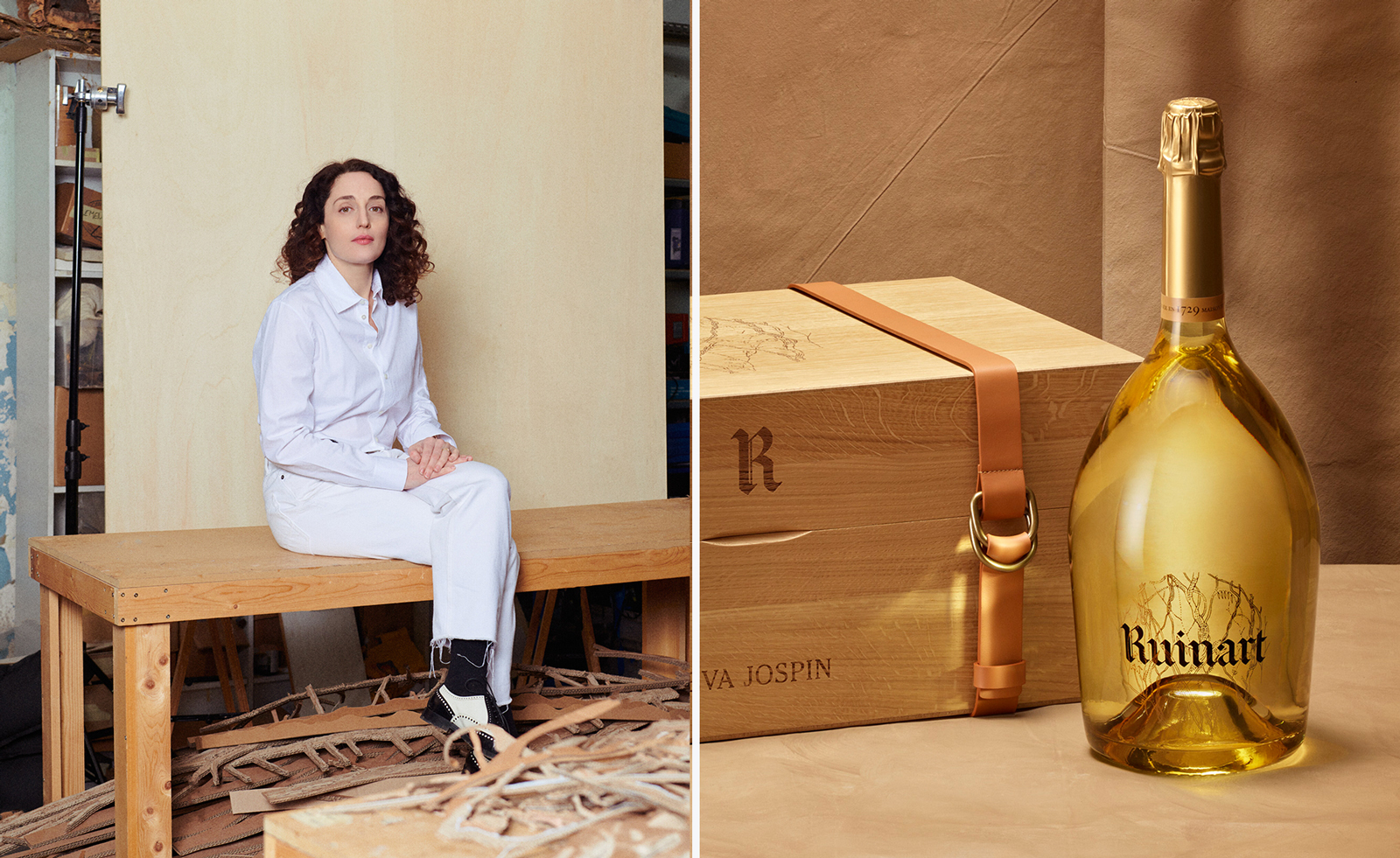 Eva Jospin and Ruinart put the fizz in Frieze London 2023
Eva Jospin and Ruinart put the fizz in Frieze London 2023Champagne house Ruinart brings artist Eva Jospin’s vision of its terroir to Frieze London 2023, and celebrates with a limited edition Jeroboam of Ruinart Blanc de Blancs
-
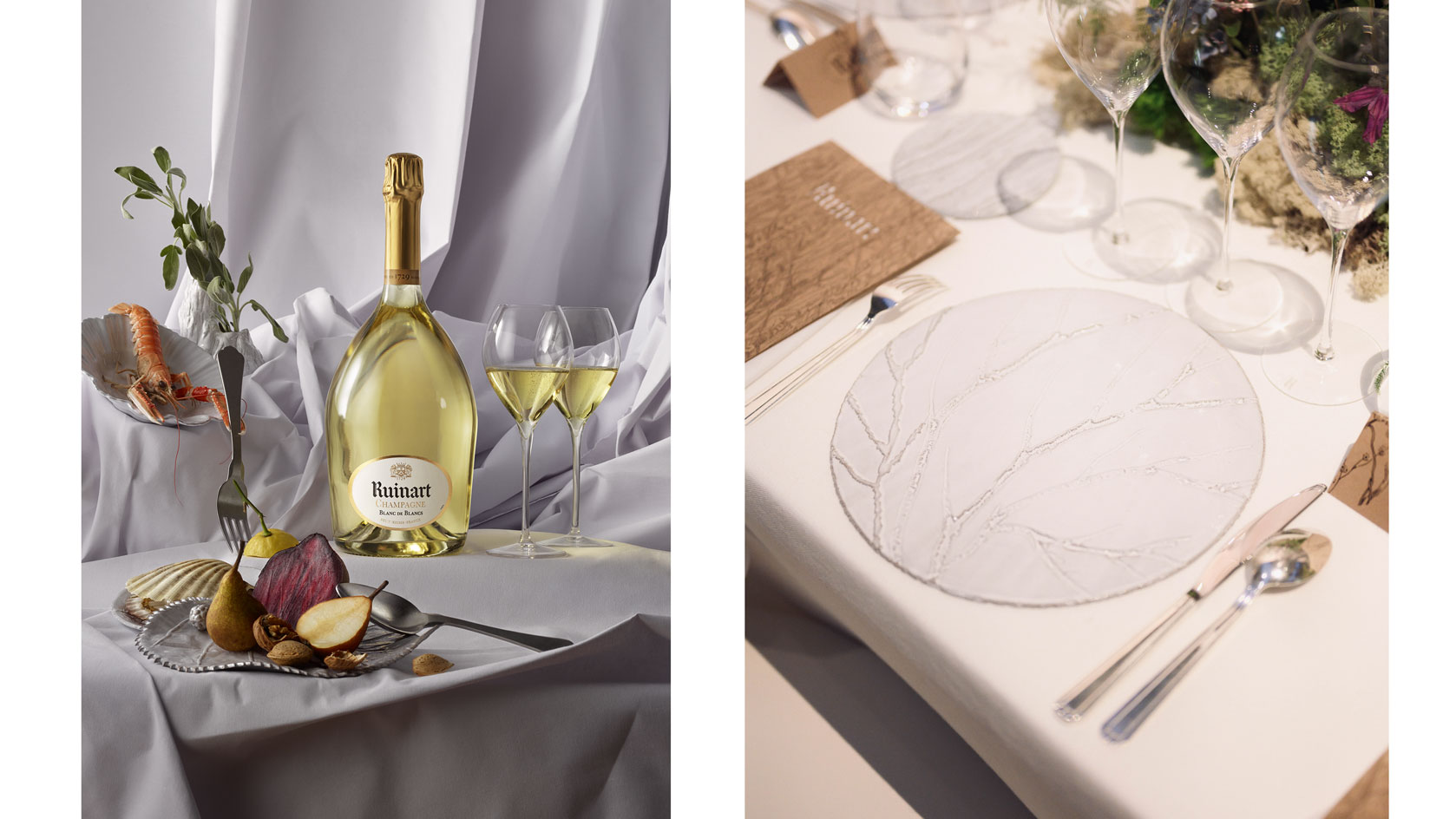 Ruinart’s Food For Art promises culinary delights in Basel
Ruinart’s Food For Art promises culinary delights in BaselHosted during Art Basel in Basel 2023, Ruinart’s latest Food For Art dinner draws on Eva Jospin’s Carte Blanche commission
-
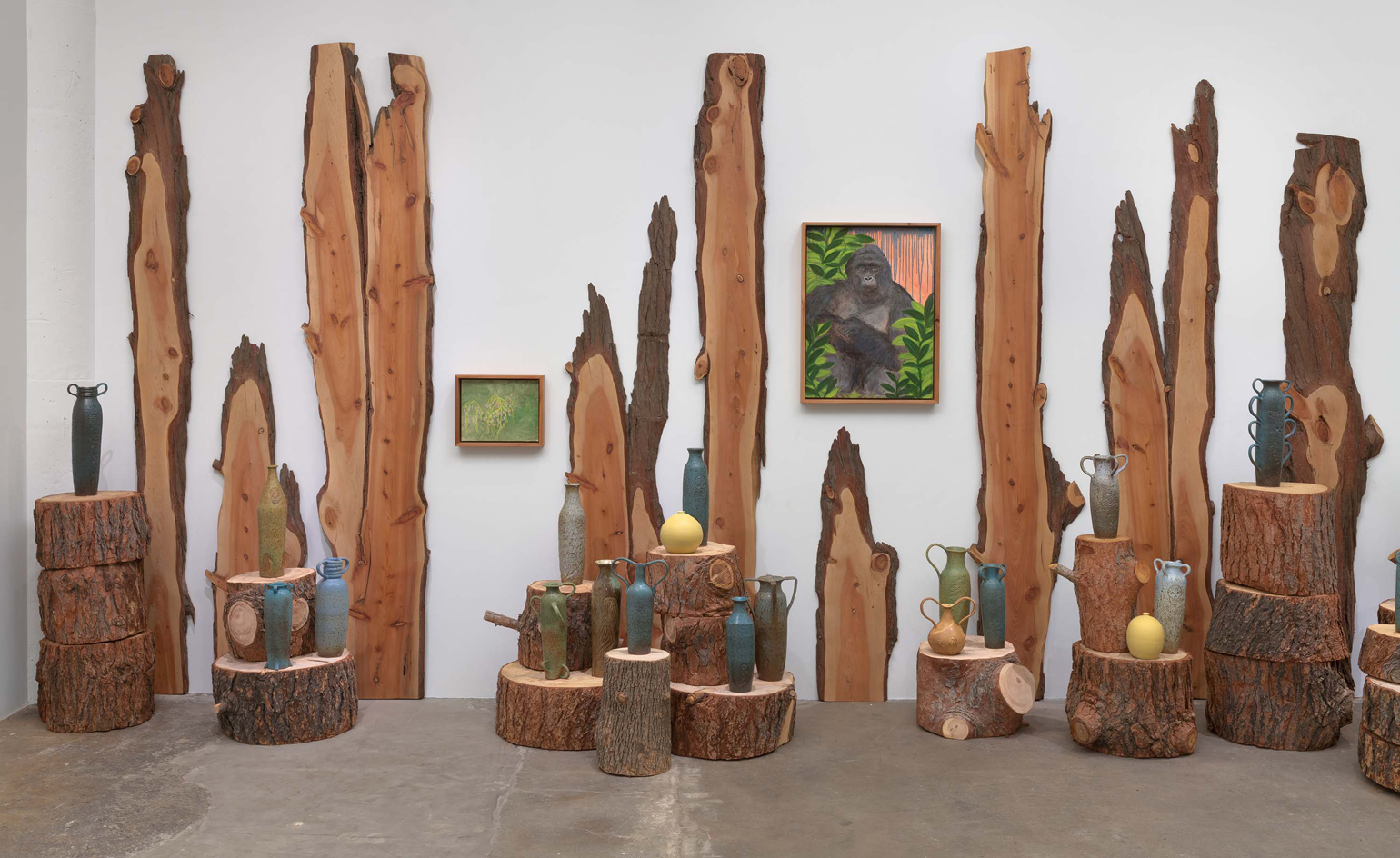 Stanya Kahn’s Frieze Los Angeles commission to unearth the ‘understory’ of human intervention in nature
Stanya Kahn’s Frieze Los Angeles commission to unearth the ‘understory’ of human intervention in natureWe speak to multidisciplinary artist Stanya Kahn, whose ‘Understory’ installation will be unveiled at Frieze Los Angeles for the 2023 R.U.in.ART Commission
-
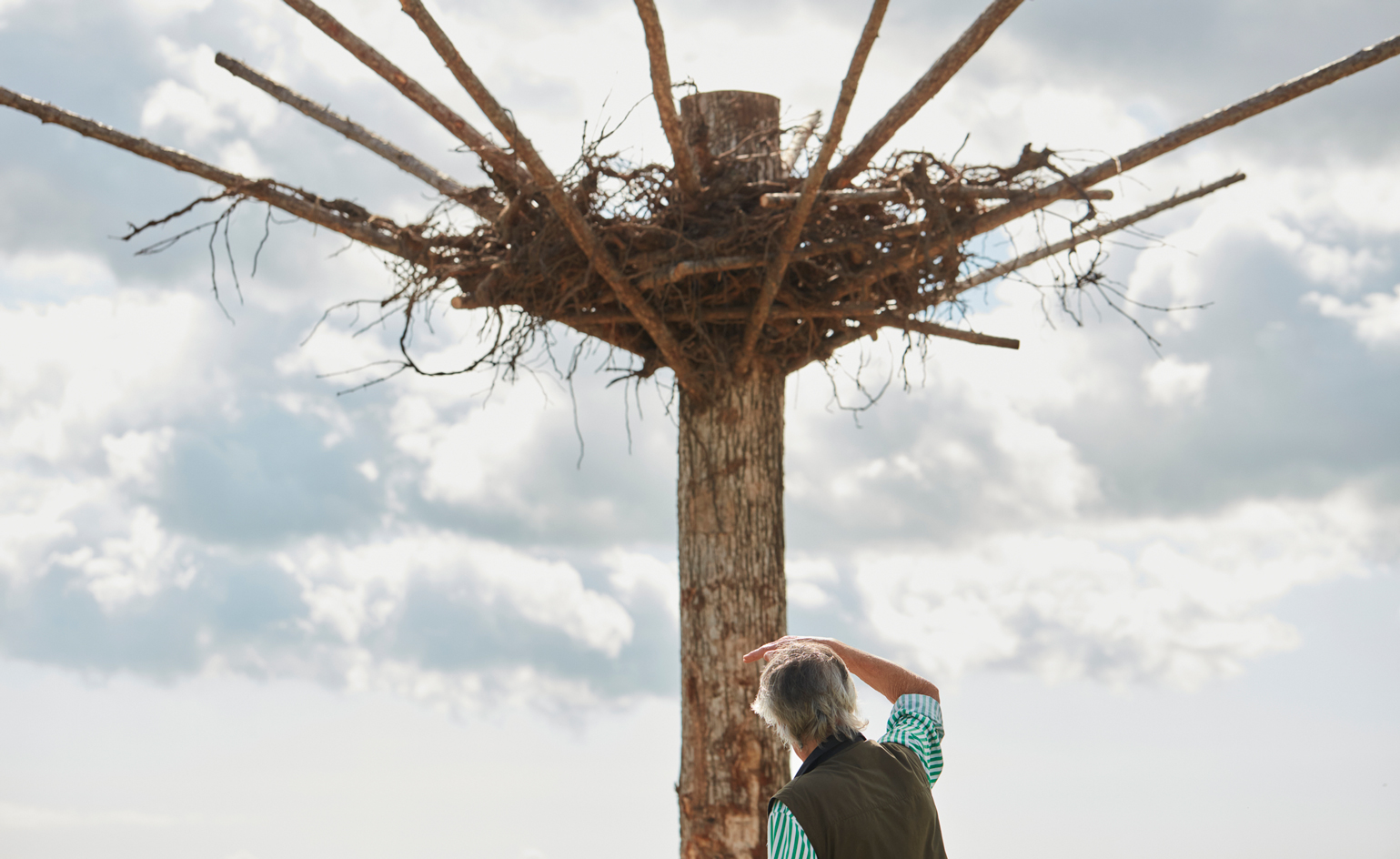 Nils-Udo and Ruinart’s ode to biodiversity in rural Reims
Nils-Udo and Ruinart’s ode to biodiversity in rural ReimsFor the latest project in Ruinart’s 300th-anniversary countdown, land art pioneer Nils-Udo has unveiled HABITATS, a trio of ephemeral, organic nests that dapple the champagne maison’s Reims vineyards
-
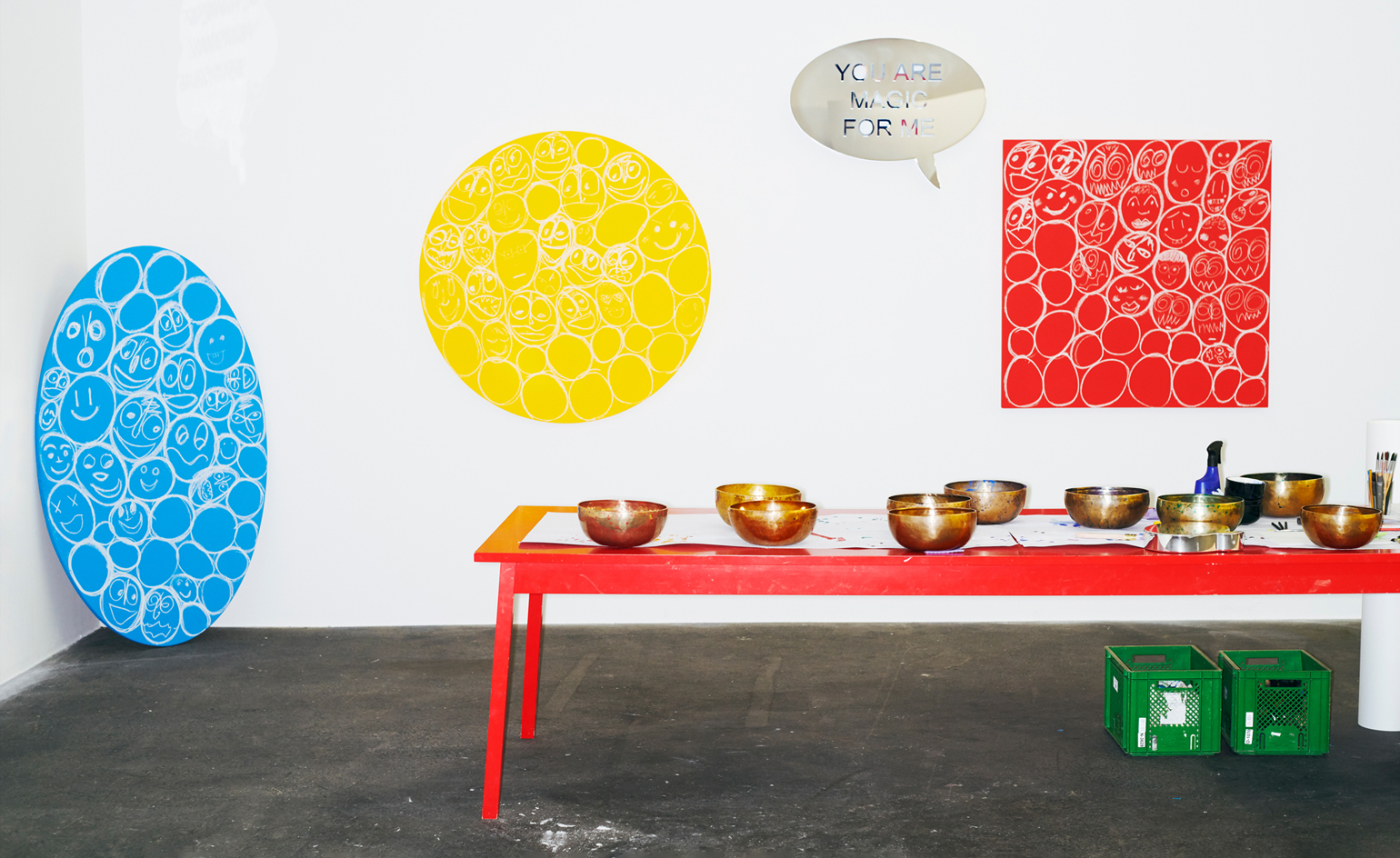 Jeppe Hein’s carte blanche for Ruinart invites mindful participation
Jeppe Hein’s carte blanche for Ruinart invites mindful participationDanish artist Jeppe Hein’s carte blanche project for champagne house Ruinart invites visitors to embrace the moment through words and drawings
-
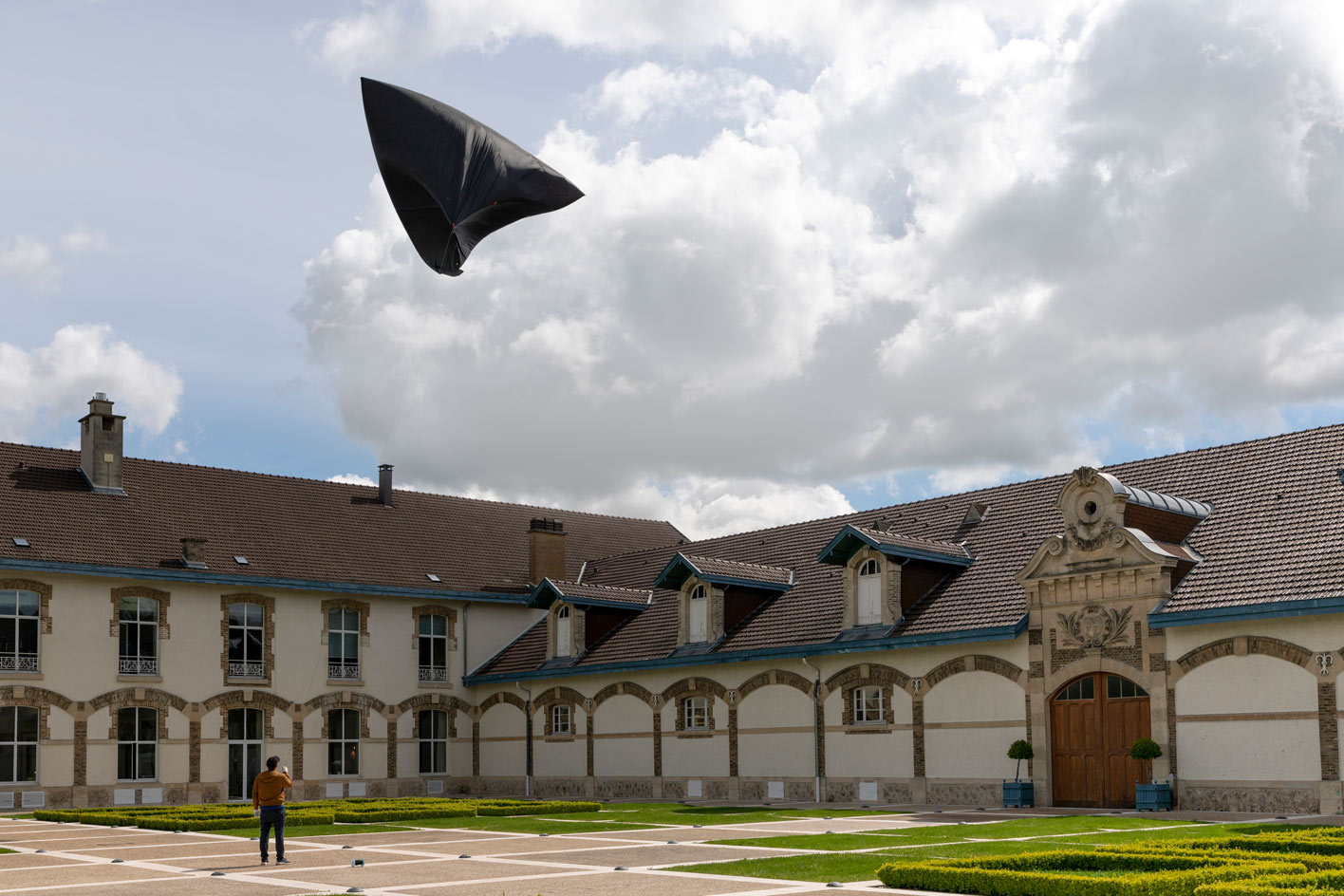 Tomás Saraceno’s aerosolar collaboration with Ruinart takes flight
Tomás Saraceno’s aerosolar collaboration with Ruinart takes flightIn the skies above Maison Ruinart, Tomás Saraceno’s Aerocene project is imagining a world beyond the fossil fuel era. Wallpaper* Paris editor Amy Serafin was in Reims to witness the events first hand – a blend of performance, sculpture, augmented reality, and champagne